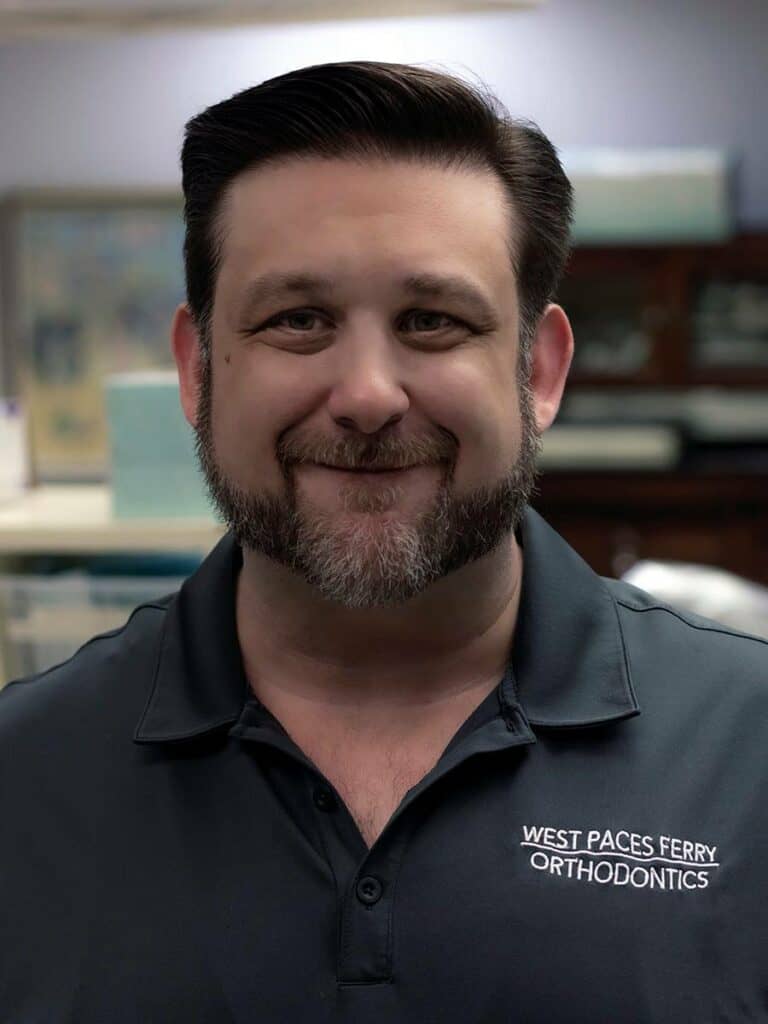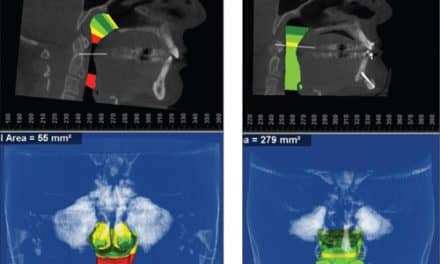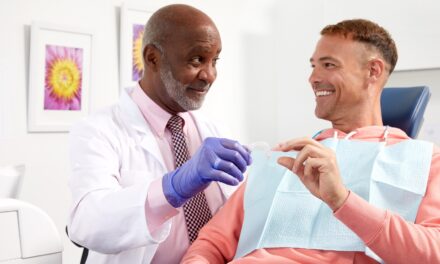There’s no doubt: The marketing efforts of direct-to-consumer aligner companies have created a new and rich market of patients for orthodontic practices to mine. The challenge: Find a price point that’s attractive to both the patient and the orthodontist.
By Kenny Hackett
Direct-to-patient aligners are disrupting the orthodontic market. There is no sign that these new aligner options are going away any time soon. We can examine several historical market disruptions to see that adapting is essential when facing market disruptors like DTC aligners. Like US automobile manufacturers in the late ’70s or camera manufacturers during the digital revolution, we are faced with the task of offering our patients options that did not exist until recently.
There are upsides to the current situation. For example, five direct-to-patient aligner providers spent $650 million on marketing from January 2018 to March 2019. This advertising created a new level of interest in younger adults who have not traditionally been a rich market for orthodontists. This is a demographic seeking purely cosmetic improvements to their smile. In addition, they are most likely looking for a simple treatment that takes less than a year. These prospective patients provide us an opportunity to grow our practice and increase our case acceptance rate.
One Protocol to Capture the DTC Consumer
My doctors tasked me with developing an effective protocol to capture and treat these patients. The primary challenge in any new product offering is providing the product at a price point that the target demographic accepts. The goal in our practice was to get our in-house aligners produced at a cost that would allow us to provide them for a fee of $2,000 to $3,000, depending on case complexity and a rough estimate of the number of aligners needed. After examining my cost to print models in-house, I found the price was within a few cents of ordering aligners from uLab Systems. Along with a low cost, I realized that uLab could deliver the aligners in 3 to 10 days. If a patient was in a hurry to start treatment, I could print a few aligners in the office and order the rest. Ordering the aligners saves labor and time, so this was an easy choice for our office. We also opt to have these aligners delivered in packaging with our logo on the box, further differentiating our office and brand.
Streamlining chair time was a primary goal. Appointments are a significant expense in orthodontic care, so these had to be limited. We decided to only offer limited treatment aligners to patients who could receive all interproximal reduction in the first visit. To estimate this, we consider both the total amount of space required and overlaps of individual teeth. With this protocol in place, we can reasonably treat these patients in three office visits: consultation and records, delivery and IPR, and attachment removal and retention scan. It was also decided that patients would leave the third appointment using their last aligner as a temporary retainer, and we would mail their retainers to them.
Cost Breakdown
Let’s look at the economics of this protocol. First, consider a patient with a treatment plan that calls for 6 months of treatment. We price this treatment at $2,500. Six months of treatment would be a total of 24 aligners, 12 upper and 12 lower aligners. When I order these from uLab Systems, my bill would be approximately $450. The digital assistant performs the initial case setup and treatment plan; in some practices the orthodontist will further refine the treatment plan. Note that a qualified digital assistant is critical, considering the time orthodontists will save at this stage. Also, keep in mind that a digital assistant will be essential to scale this model.
Those factors considered, this treatment has an approximate cost of $500 to the practice. If we charge $2,500, the practice nets $2,000, or $660 per visit. As you can see, this margin leaves a cushion for any issues that might arise. We have found that the aligners made by uLab have very predictable finishing, so our refinement cases are low in this population.
In conclusion, we cannot ignore that our world is changing. As a result of this change, our potential patients are presented with more options than ever before from the DTC aligner market. There are also more options for providers. Embracing these changes and providing more treatment options to our patients is how we adapt. This adaptation is not simply a way to survive in this new digital world but a way to thrive. With the latest digital tools at our disposal and a new demographic interested in improving their smiles, we have an excellent opportunity to grow our practices. OP

Kenny Hackett is the laboratory director of West Paces Ferry Orthodontics in Atlanta. Hackett started his career in orthodontics in 1996 as a chairside assistant. Seeing the development of aligner treatment over the last 35 years has given him a unique perspective on aligner treatment.
Photo ID 172007617 © Kreangkrai Indarodom | Dreamstime.com










